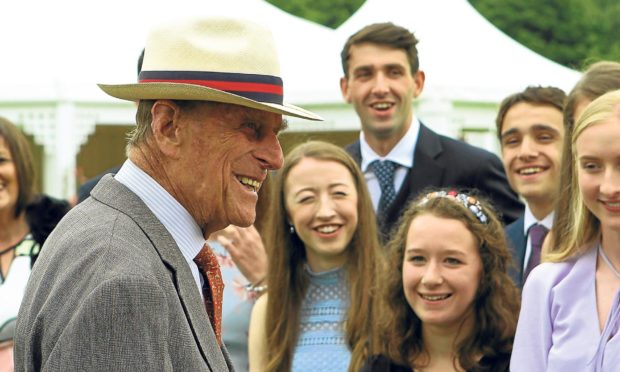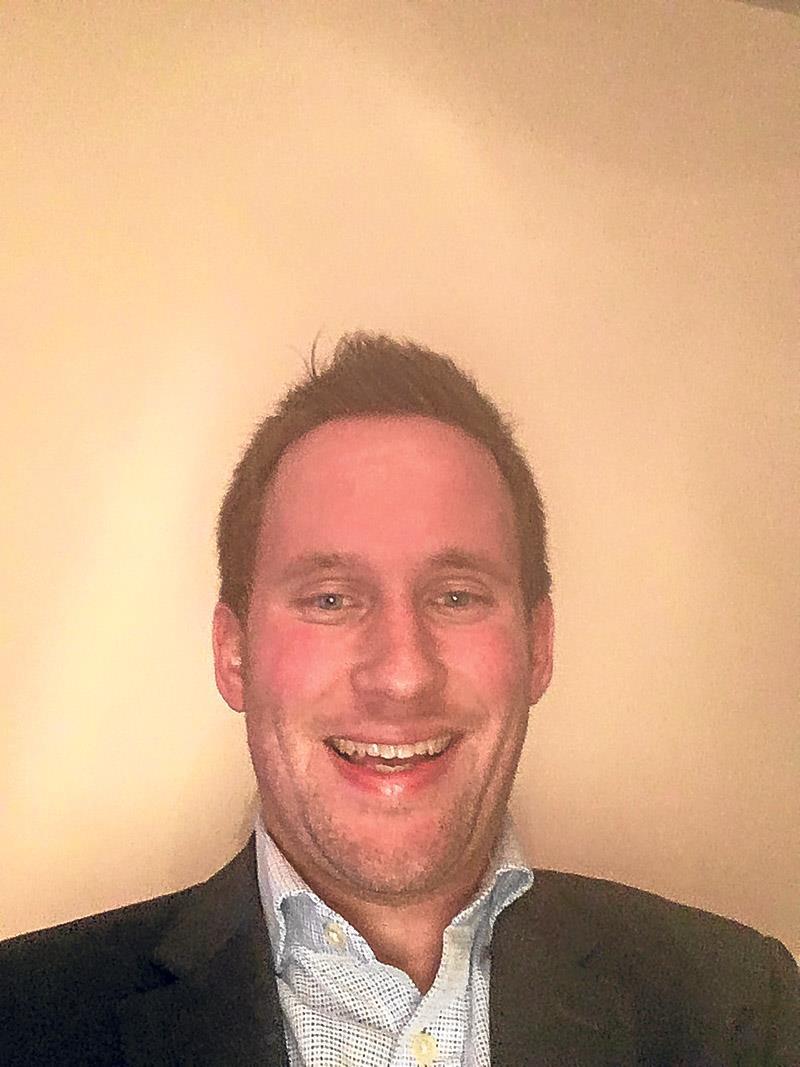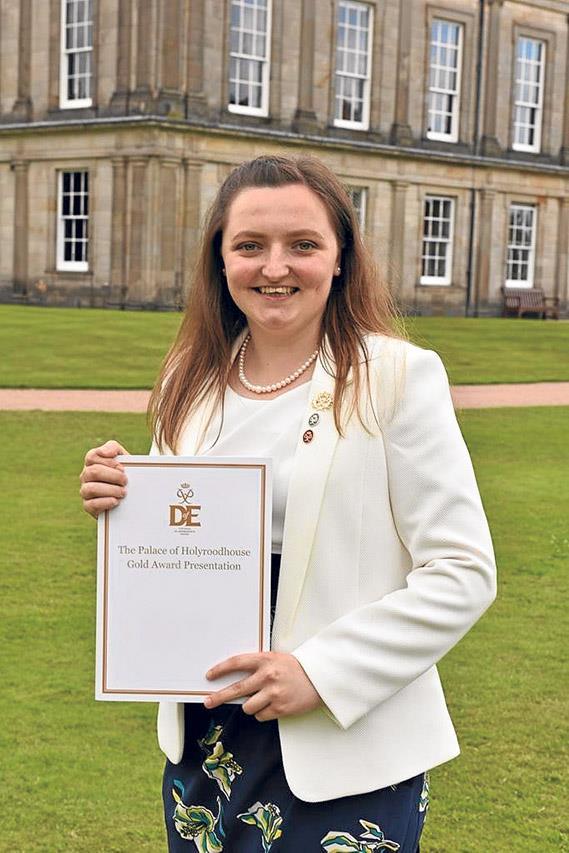It was one of the most far-sighted plans ever devised by any member of the Royal Family.
Indeed, when Prince Philip established the Duke of Edinburgh’s Award scheme in 1956, he could surely never have envisaged the success of the initiative all over the world.

The awards, which recognise adolescents and young adults for completing a series of self-improvement exercises, have now expanded to 144 countries.
At first, the venture was only for boys aged between 15 and 18 and it was initially administered by John Hunt, who led the first successful ascent of Mount Everest in 1953.
But girls, aged from 14 to 20, were allowed to join the programme in 1958 and flocked to the ranks.
The inspiration for the awards came from the Moray Badge, instituted at Gordonstoun School by its headmaster, Kurt Hahn, in 1936, and the County Badge adopted in Moray in 1941.
Although the original proposals have been amended and participants can now continue with the scheme until their 25th birthday, involvement in DofE programmes and the number of awards achieved has grown every year since its inception.
As of 2017, around 420,000 young people were taking part in Duke of Edinburgh’s Award programmes, run in nearly 11,000 designated DofE centres – including schools, youth clubs and businesses – throughout the UK. With assistance from adult leaders, participants select and set objectives in each of the following areas:
- Volunteering: Under-taking service to individuals or the community.
- Physical: Improving in an area of sport, dance or fitness activities.
- Skills: Developing practical and social skills and personal interests.
- Expedition: Planning, training for and completion of an adventurous journey in the UK or abroad.
At gold level, participants must do an additional fifth residential section, which involves staying and working away from home for five days while doing a shared activity.
In order to achieve an award, participants must work on each section for a minimum period of time, and must be monitored and assessed by someone with knowledge of the chosen activities.
As of 2017, around 420,000 young people were taking part in Duke fo Edinburgh’s Award programmes, run in nearly 11,000 designated DofE centres throughout the UK
Every progressive level demands more time and commitment from participants.
Bronze takes three to six months, silver six to nine months and gold 12 to 18 months.
But the commitment and dedication shown by those who have risen to the challenge testifies to Prince Philip’s belief that his initiative could help “transform people’s lives for the better”.
Nobody was more proud than the prince himself, as he demonstrated while distributing the 500th gold award in 2013.
David Morton, Inverness, 30

Mr Morton achieved his silver and gold DofE awards with Scouts Scotland and completed the programme about 10 years ago.
A stand-out memory for David was his gold residential.
For this section of the award he travelled to Africa to volunteer with local Gambian award participants.
As part of the project, he helped install a computer suite in a community technology hub and was inspired by being able to help others.
He said: “My message would be really ‘to give it a go’. The gold award is hard work but great fun. There are so many different things you can choose to do for each section, but whatever you do, it will push you and give you an opportunity to try something new.
“Also, and particularly in the gold residential, you have to work with people you have never met, perhaps from different backgrounds, and in my case a different country and culture I had never experienced before. It makes you more confident too.”
Mr Morton continues to be involved with the Duke of Edinburgh’s Award through his support of the Highland Award Project – an organisation that supports DofE delivery across the region.
Eithne Barnes, Nairn, 20

Miss Barnes achieved her bronze, silver and gold awards at Culloden Academy through Highland Council and was presented with her gold award at the Palace of Holyroodhouse.
She said: “For my gold DofE, I volunteered with the Culloden Youth Forum. These take place across Scotland and are similar to a community council.
“Young people bring up issues that affect them and then we try to make a change in the community.
“A few years ago people came to the forum and talked about a local underpass. It was covered in graffiti and people didn’t feel safe walking there.
“The forum took it on as a project and we cleaned up some of the graffiti and had a professional graffiti artist come in and paint the space.
“It’s still there five years later, because it was a project that came from the young people.
“Another example is that we campaigned for bus shelters outside the school. After school it was busy and if it was raining people would get soaked. Now they have somewhere to stand to stay dry.
“Volunteering with the forum definitely improved my communication skills because I had to be the voice of young people in the community. I had to talk to people of all ages and backgrounds and tell them about our discussions and projects.
“My experiences with the forum inspired me to apply for a Community Learning and Development degree at Dundee University. I see the benefits of the Duke of Edinburgh’s Award like meeting new people and trying new things, so when working in communities I will encourage young people to take part.
“The expeditions were something I had never done and never would have done on my own.
“The places that I’ve seen are just amazing and it’s made me appreciate living in Scotland and everything that’s here.
“The expeditions were really difficult, but I thought to myself ‘my gran wants to go to Holyrood so I need to finish this expedition’.”